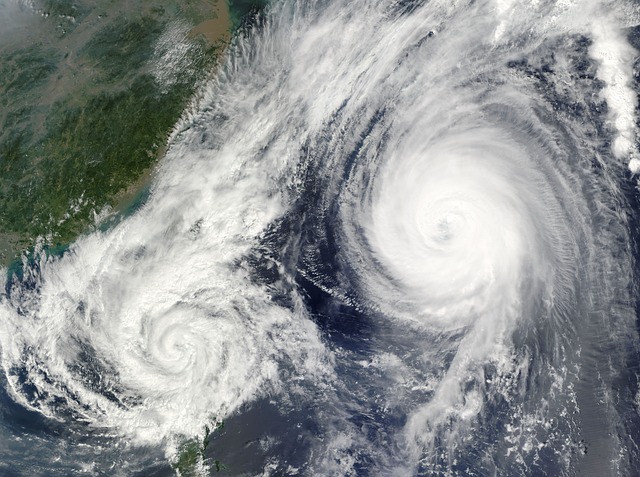What is a Cyclone? | Impact, Dangers, and Causes of Rains

What is a Cyclone?
A cyclone is a large-scale air mass that rotates around a strong center of low atmospheric pressure. Cyclones are characterized by inward spiraling winds that rotate counterclockwise in the Northern Hemisphere and clockwise in the Southern Hemisphere. They are classified into different types, such as tropical cyclones, extratropical cyclones, and tornadoes, based on their origin and characteristics.
Impact on Coastal Areas
Cyclones significantly impact coastal areas due to their powerful winds, heavy rainfall, and storm surges. Here are some of the key impacts:
- Storm Surge: Cyclones can cause a sudden rise in sea level, known as a storm surge, which can lead to severe coastal flooding. This surge can inundate low-lying areas, destroy property, and disrupt transportation.
- High Winds: The strong winds associated with cyclones can damage buildings, uproot trees, and knock down power lines. This leads to widespread power outages and can make areas inaccessible.
- Heavy Rainfall: Cyclones often bring intense rainfall, leading to flash floods, landslides, and erosion. The excessive water can overwhelm drainage systems and result in significant water damage.
- Coastal Erosion: The force of the wind and waves can erode beaches and coastal structures, altering the landscape and leading to long-term environmental changes.
Why Are Cyclones Dangerous?
Cyclones are one of the most dangerous natural phenomena due to their destructive power and the scale of their impact. Here are several reasons why cyclones are particularly hazardous:
- Destruction of Property: The high winds and storm surges can demolish homes, businesses, and infrastructure, leading to significant economic losses.
- Loss of Life: Cyclones pose a serious threat to human life. Flooding, flying debris, and collapsing buildings can result in fatalities and injuries.
- Displacement of People: Coastal populations often have to evacuate their homes, leading to temporary or even permanent displacement. This can disrupt communities and livelihoods.
- Health Risks: Floodwaters can contaminate drinking water supplies, leading to outbreaks of waterborne diseases. Additionally, the destruction of healthcare facilities can impede medical response efforts.
- Environmental Damage: Cyclones can devastate ecosystems, destroying habitats and causing long-term damage to marine and terrestrial environments.
Cyclones and Heavy Rains
Cyclones are a major cause of heavy rains, and their formation and structure contribute to this phenomenon in several ways:
How Cyclones Cause Heavy Rains
Cyclones are fueled by warm, moist air from the ocean. As this air rises and cools, it condenses into clouds and rain. The continuous inflow of warm air into the cyclone sustains this process, leading to prolonged and intense rainfall. The key factors include:
- Moisture Supply: Cyclones draw moisture from the ocean, which provides a continuous supply of water vapor that condenses and falls as rain.
- Low Pressure Center: The low-pressure center of a cyclone causes air to converge and rise, leading to cloud formation and precipitation.
- Slow Movement: Some cyclones move slowly, allowing them to dump large amounts of rain over the same area for an extended period.
- Spiral Rainbands: Cyclones have spiral rainbands that extend outward from the center, bringing heavy showers and thunderstorms to a wide area.
Conclusion
In summary, cyclones are powerful and complex weather systems that can cause extensive damage to coastal areas through storm surges, high winds, and heavy rainfall. They pose significant risks to property, life, and the environment. Understanding how cyclones work and their impacts is crucial for preparedness and mitigation efforts. By taking appropriate measures, communities can reduce the adverse effects of these natural disasters and enhance their resilience.
You may also like:
How to choose the best AC for your home or office?
If you also want to buy a great air condition for your home or office to get relief from the heat, then definit...
Understanding the Indus Water Treaty: History, Importance and Impacts
The Government of India has been in action mode since the terrorist incident took place on 22 April in Pahalgam...
The story of IIT Village of Bihar
Over 40 students from Bihar's Patwa Toli have cleared JEE Main 2025, with many trained at a free coaching centre run ...
Top Career Options After 12th: Courses, Exams, Colleges, Fees & Salary Packages
Explore top career options with detailed information on entrance exams, admission process, top co...
